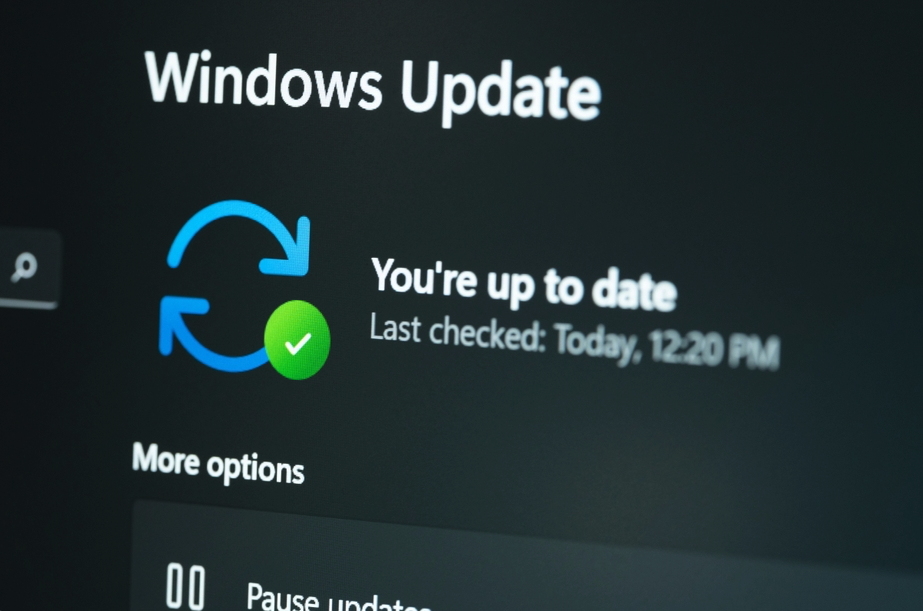This article talks about public land in the US that is completely surrounded by private land, which in some cases makes it inaccessible to the public. But there’s a hack:
Some hunters have long believed, however, that the publicly owned parcels on Elk Mountain can be legally reached using a practice called corner-crossing.
Corner-crossing can be visualized in terms of a checkerboard. Ever since the Westward Expansion, much of the Western United States has been divided into alternating squares of public and private land. Corner-crossers, like checker pieces, literally step from one public square to another in diagonal fashion, avoiding trespassing charges. The practice is neither legal nor illegal. Most states discourage it, but none ban it.
It’s an interesting ambiguity in the law: does checker trespass on white squares when it moves diagonally over black squares? But, of course, the legal battle isn’t really about that. It’s about the rights of property owners vs the rights of those who wish to walk on this otherwise-inaccessible public land.
This particular hack will be adjudicated in court. State court, I think, which means the answer might be different in different states. It’s not an example I discuss in my new book, but it’s similar to many I do discuss. It’s the act of adjudicating hacks that allows systems to evolve.





